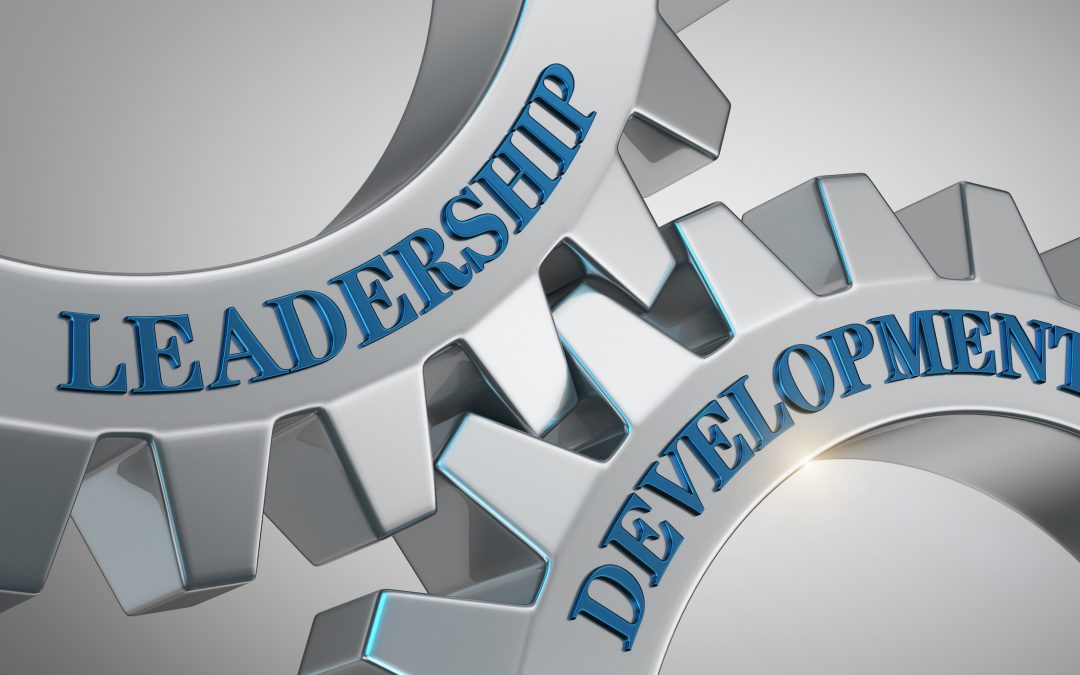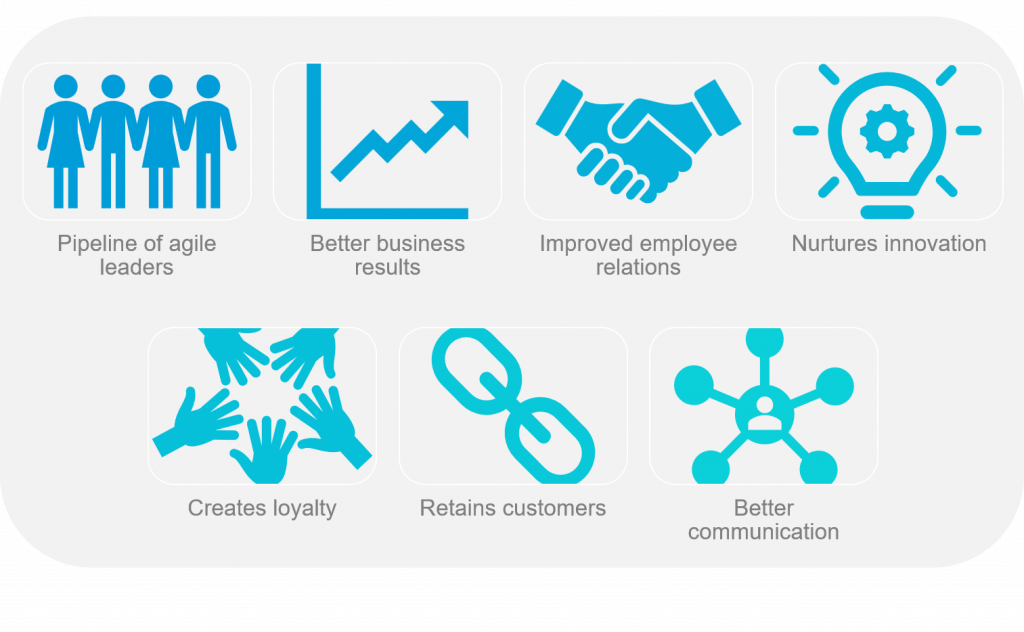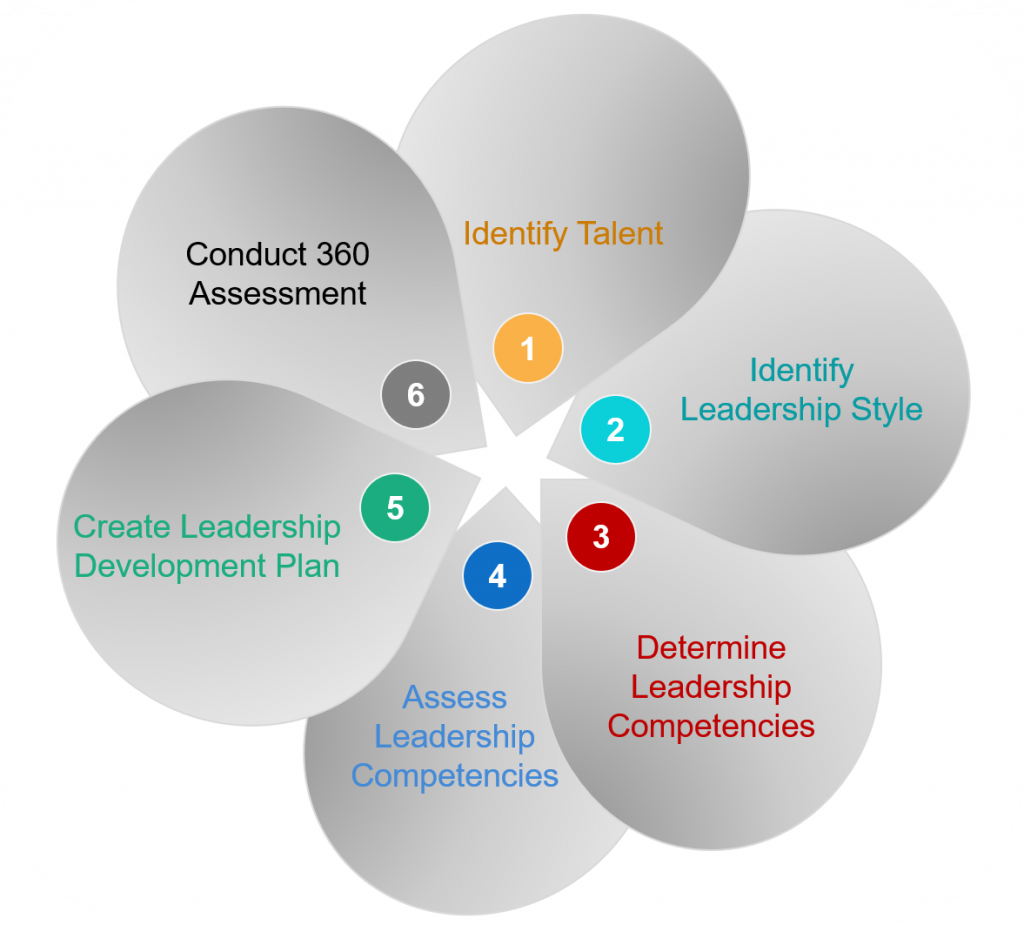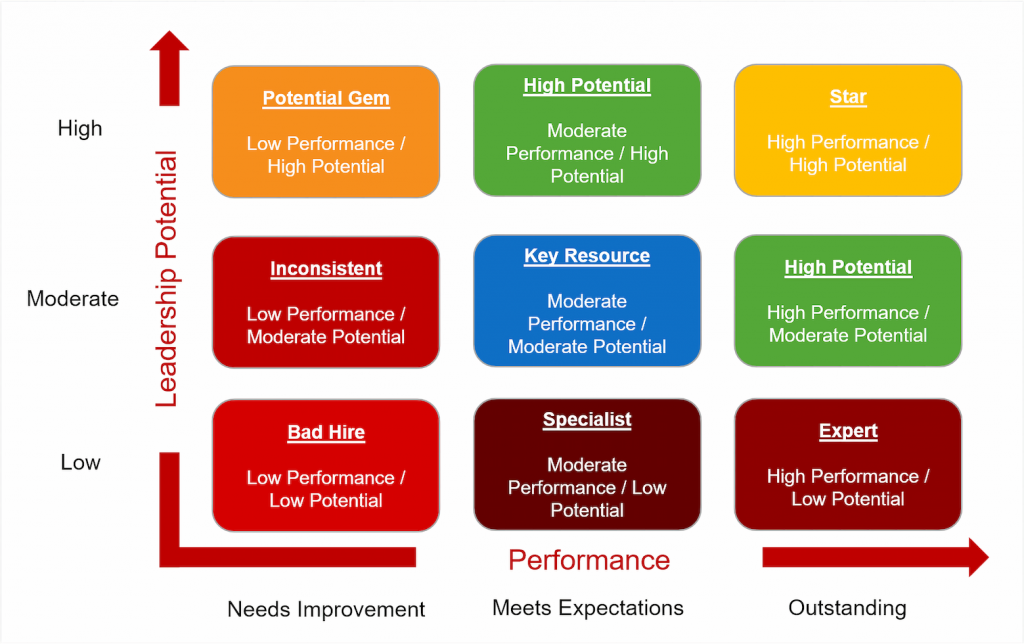Table of Contents
Developing Your Leaders is Vital to Growing Your Business
A leadership development plan is a strategic tool that creates a pipeline of strong leaders in any organization. It helps identify the leadership competencies that suit the organization’s culture. It makes developmental paths for employees to get into leadership positions and progress in their career goals.
The plan is usually structured to address both the long-term and short-term leadership needs of an organization. Creating a solid leadership development plan has become a key initiative for many organizations in the last couple of years.
Why is a leadership development plan important for any organization?
Once upon a time, employees had to enroll in a 10-year development plan to become a leader. It makes no sense in today’s fast-paced corporate world. Employees have many options to grow within the organization or look outside for growth. With the pandemic continuing to impact business models, many changes have been even more pronounced. The need for leaders to manage more aggressive crises ambiguous situations and drive business progression has become more pronounced.
A solid leadership development plan shows the organization’s commitment to investing in their employees’ growth and equips them to achieve success. Here are some more advantages:
According to Gartner, here are the top 5 areas of focus for HR leaders in 2022:
- Building critical skills and competencies (68% of leaders consider this a priority)
- Organization design and change management (46%)
- Current and future leadership bench (44%)
- Future of work (28%)
- Diversity, Equality, and Inclusion (26%)
Here are the six necessary steps that will help create a solid leadership development plan.
1. Identify talent:
Every organization has a mixture of talent. So first, identify and categorize the talent into different pools. This lets you know the type of talent you are dealing with their needs and wants. If you have never done this exercise, you could use the Potential vs. Performance matrix model. It is a simple model that lets you categorize employees into the following categories:
2. Identify the leadership culture:
Every organization has a culture formed and influenced by the leadership style. It is how people interact with each other and make decisions. Every leader’s conscious and unconscious beliefs drive behaviors. And, repeated behaviors become the organization’s leadership style: autocratic, democratic, coaching, hands-off, or laissez-faire. Leaders may have to switch styles and use different combinations with changing times. A leadership development plan is a great tool to consciously influence the organization’s culture to stay in the right direction.
3. Determine the leadership competencies:
Leadership competencies are the combination of a leader’s knowledge, skills, and abilities that leads to higher performance. Based on the nature of work, every organization will require some competencies to be mandatory to achieve their goals and stay competitive. While there are many competencies, it is essential to identify the ones that best suit your organization’s needs. Each competency should have a clear definition along with an objective rating guide. A Leadership Development Plan focuses on developing these competencies in the employees.
4. Assess the leadership competencies:
To determine the leadership development plan, the organization will need to assess a sample set of leaders. Various tools like DISC profiling, 360 feedback and Gallup’s Talent Finder are available to assess current leadership. The results of this assessment will provide a benchmark for the leadership competencies in your organization.
5. Create the leadership development plan:
Based on the needs identified from the previous steps, create a leadership development plan for the organization. The plan should aim to harness the potential of existing leaders and develop a pipeline of new leaders. Next, review the learning opportunities and strengths of each team. Then, incorporate a variety of learning solutions for the leaders. Here are some options to consider:
- Complementary leadership mentoring: Consider high potential leaders with vital leaders in the specific competencies. It creates a mentorship model within the organization.
- Job rotation: Create opportunities for employees to rotate between different jobs on short-term assignments for 3 to 6 months. It helps employees become multi-talented by gaining exposure to different job roles and teams. In addition, it builds agility and confidence with the employees.
- Job shadowing: Advertise key leadership roles and create job shadowing opportunities for interested employees. Job shadowing creates interest for the part, thereby creating a talent pool.
- Cross-functional projects: Create cross-functional teams to work on organization-wide projects. It allows leaders to learn from their peers and create their support network within the organization.
- Leadership development workshops: Sponsor employees to attend external seminars and leadership boot camps focused on building specific skill-sets.
- Self-paced courses: Many self-paced leadership courses are available on platforms like LinkedIn Learning. Make those resources available to employees so they can upskill themselves. Encourage employees to use these resources by creating a meaningful Rewards and Recognition program.
- Professional certifications: Create a tuition reimbursement policy and encourage employees to acquire industry-recognized professional certifications.
Review the plan periodically against the leadership competencies and needs of the organization. Make adjustments as necessary.
6. Conduct 360 assessment:
At periodic intervals, you will need to assess if your leaders are achieving their goals and are being effective. One of the ways to do this is to conduct a 360-degree leadership assessment. Provide continuous feedback and ensure the individual development plans are completed. Then, continue the engagement and tweak the plans as needed. Every employee’s needs become the needs of the organization.
Both HR and business leaders today are playing catch-up with all the changes due to the pandemic. In conclusion, investing in a good leadership development plan builds a solid foundation for the next generation of leaders aspiring for growth.
Related Resource: Leadership Development – Big Questions Answered
Related Blog Post: Use Multi-Rater Feedback to Build Your Next IDP




 Dr. Jaffee (M.A., Ph.D.) is a recognized expert in the field of assessments, and has created effective HR Solutions used by millions of people.
Dr. Jaffee (M.A., Ph.D.) is a recognized expert in the field of assessments, and has created effective HR Solutions used by millions of people.